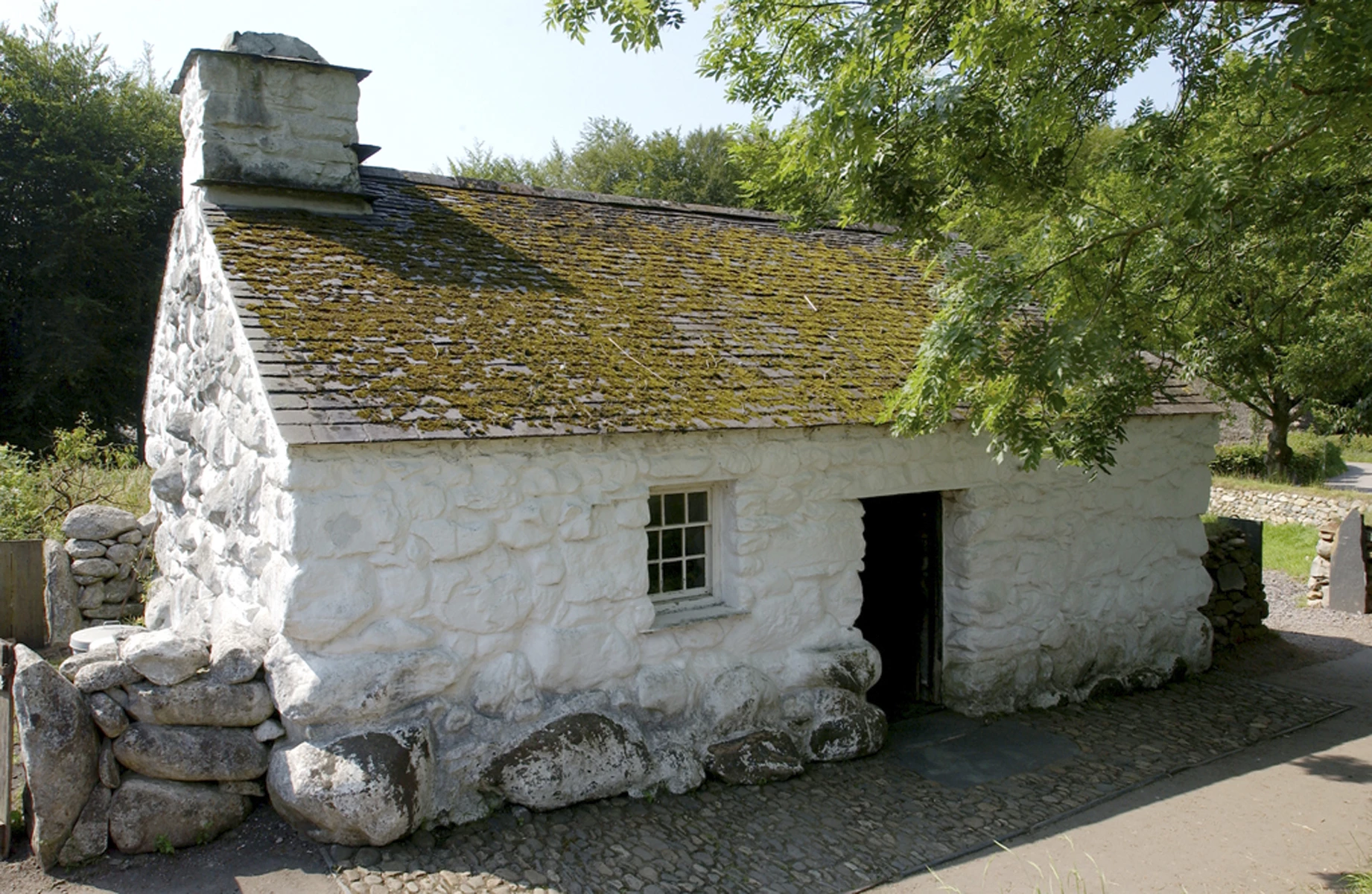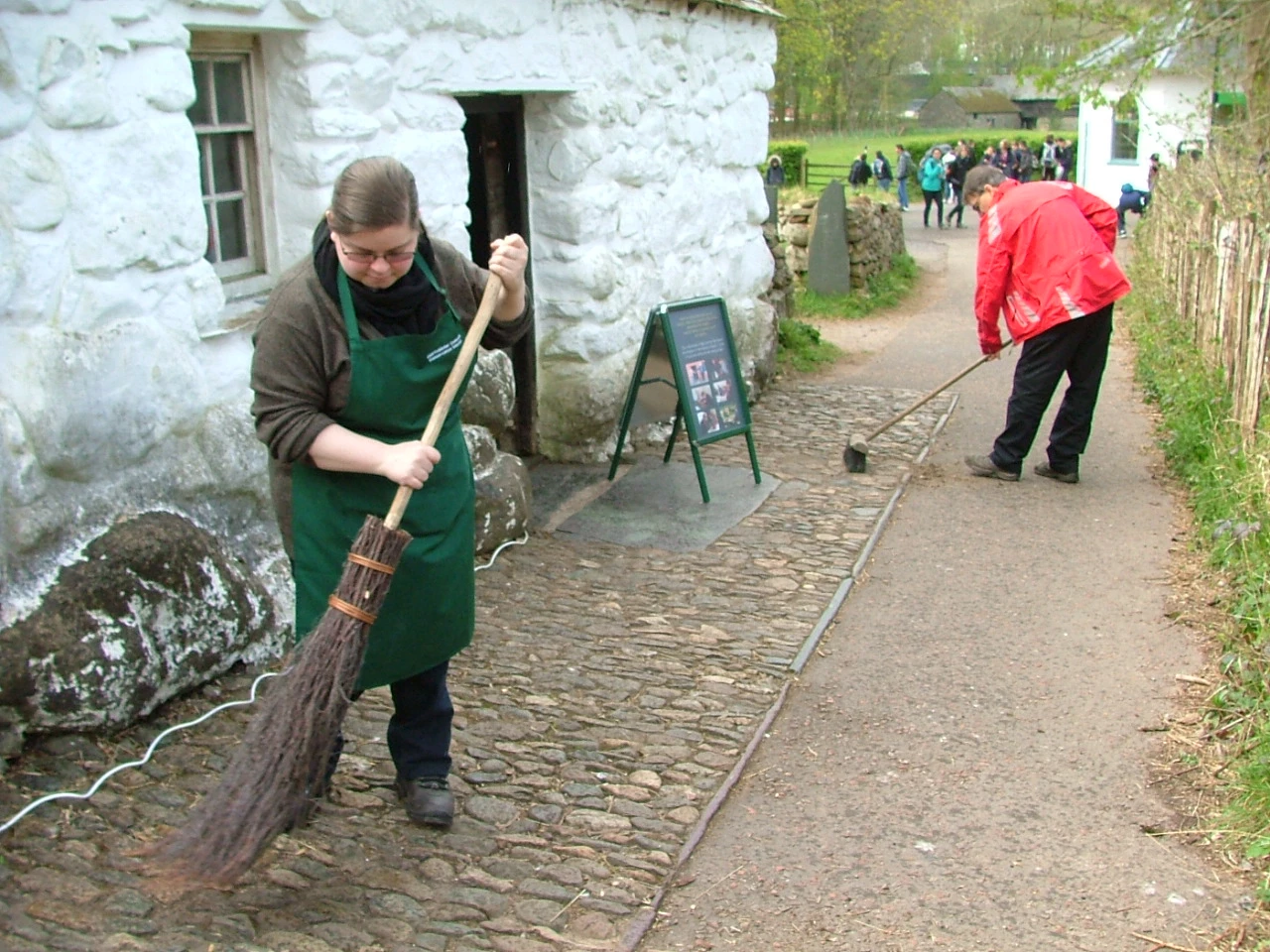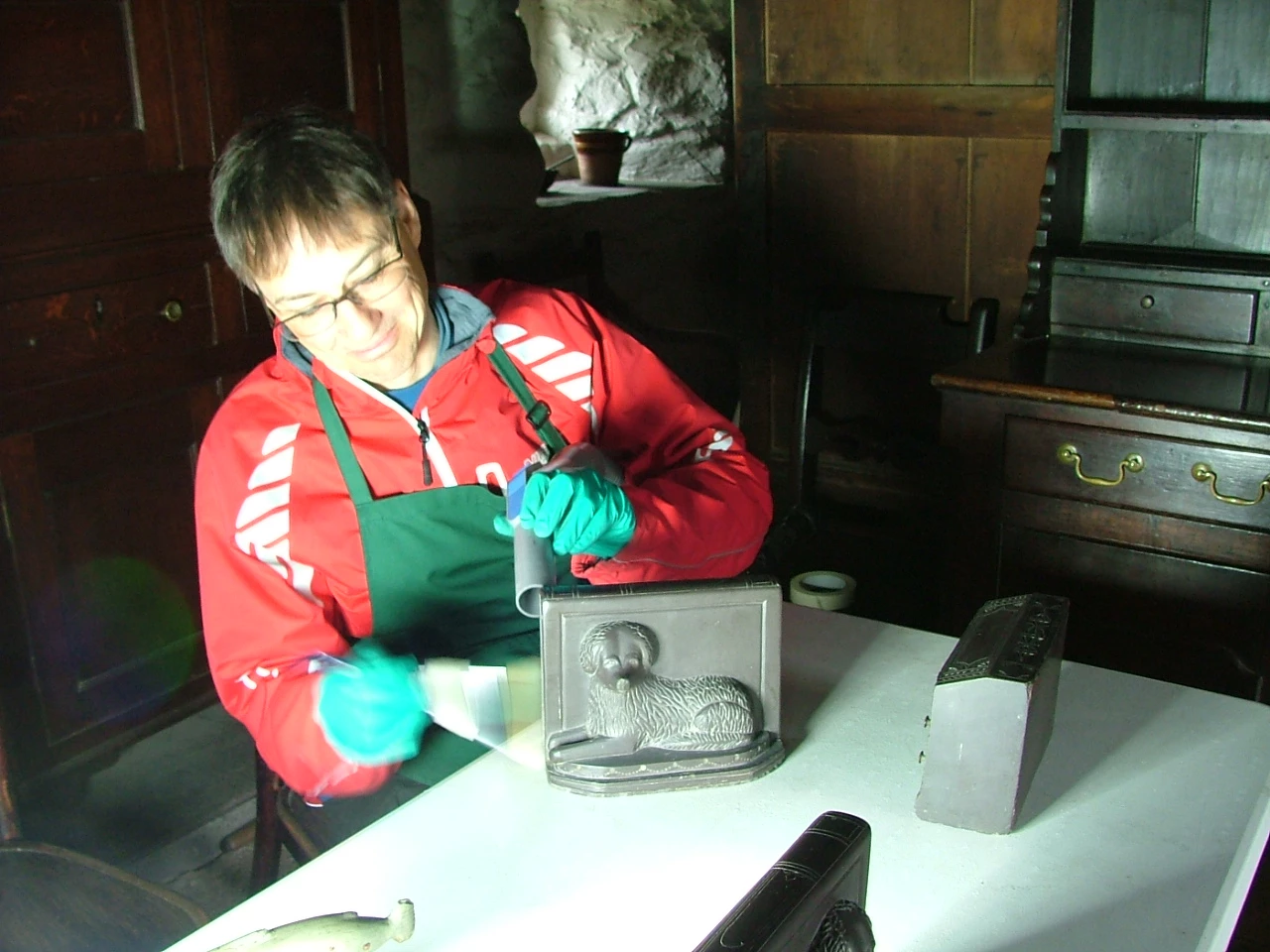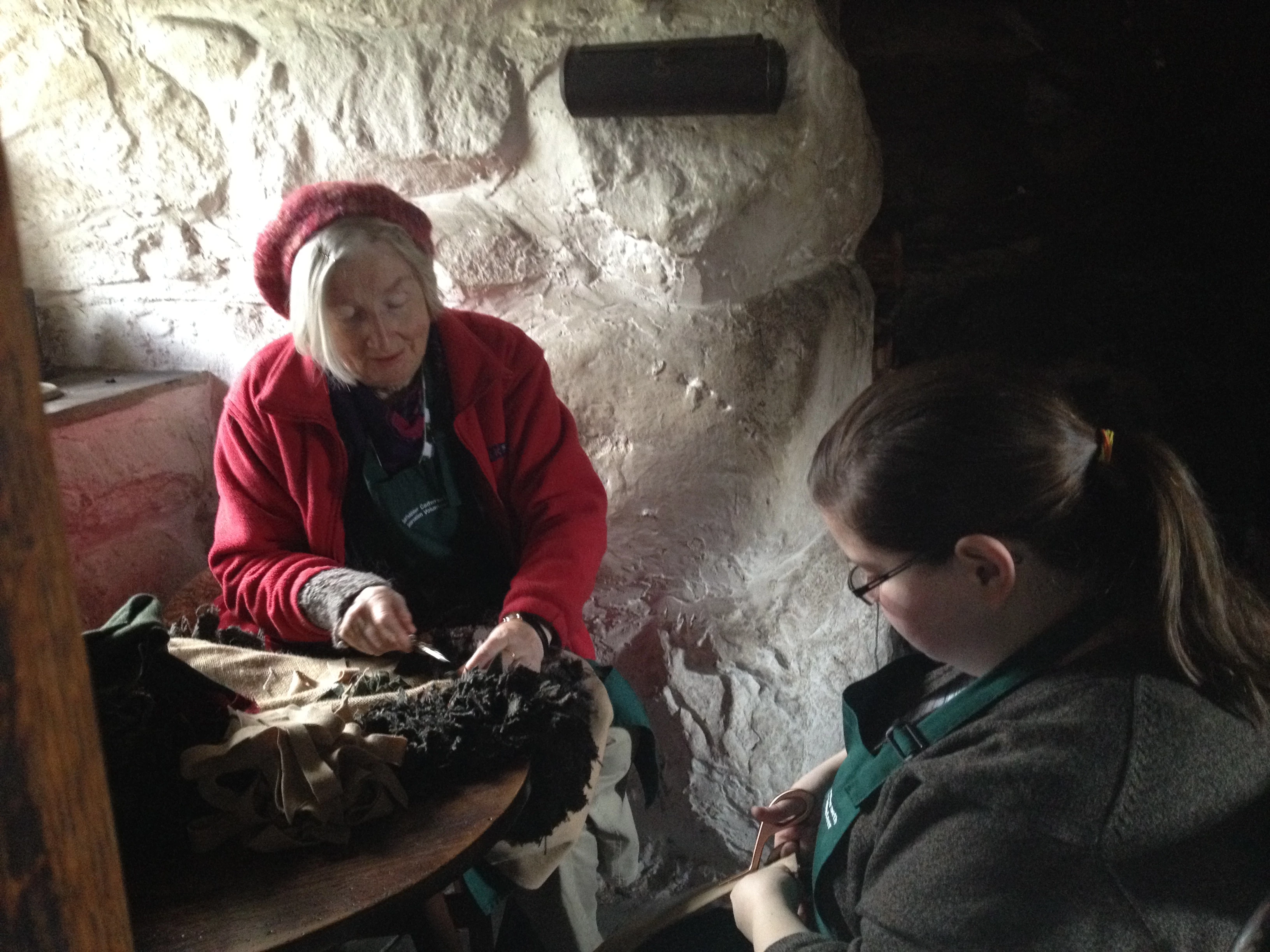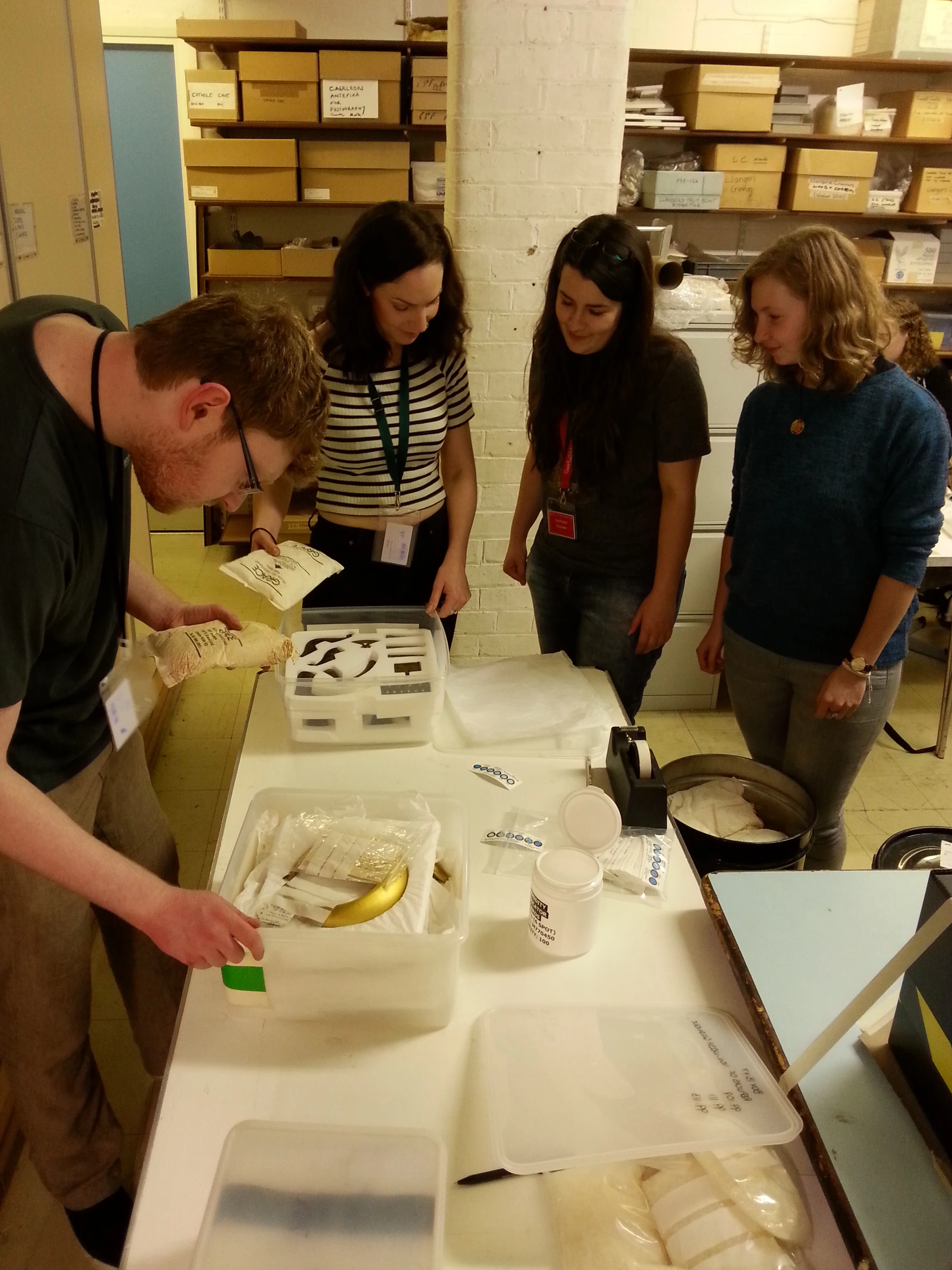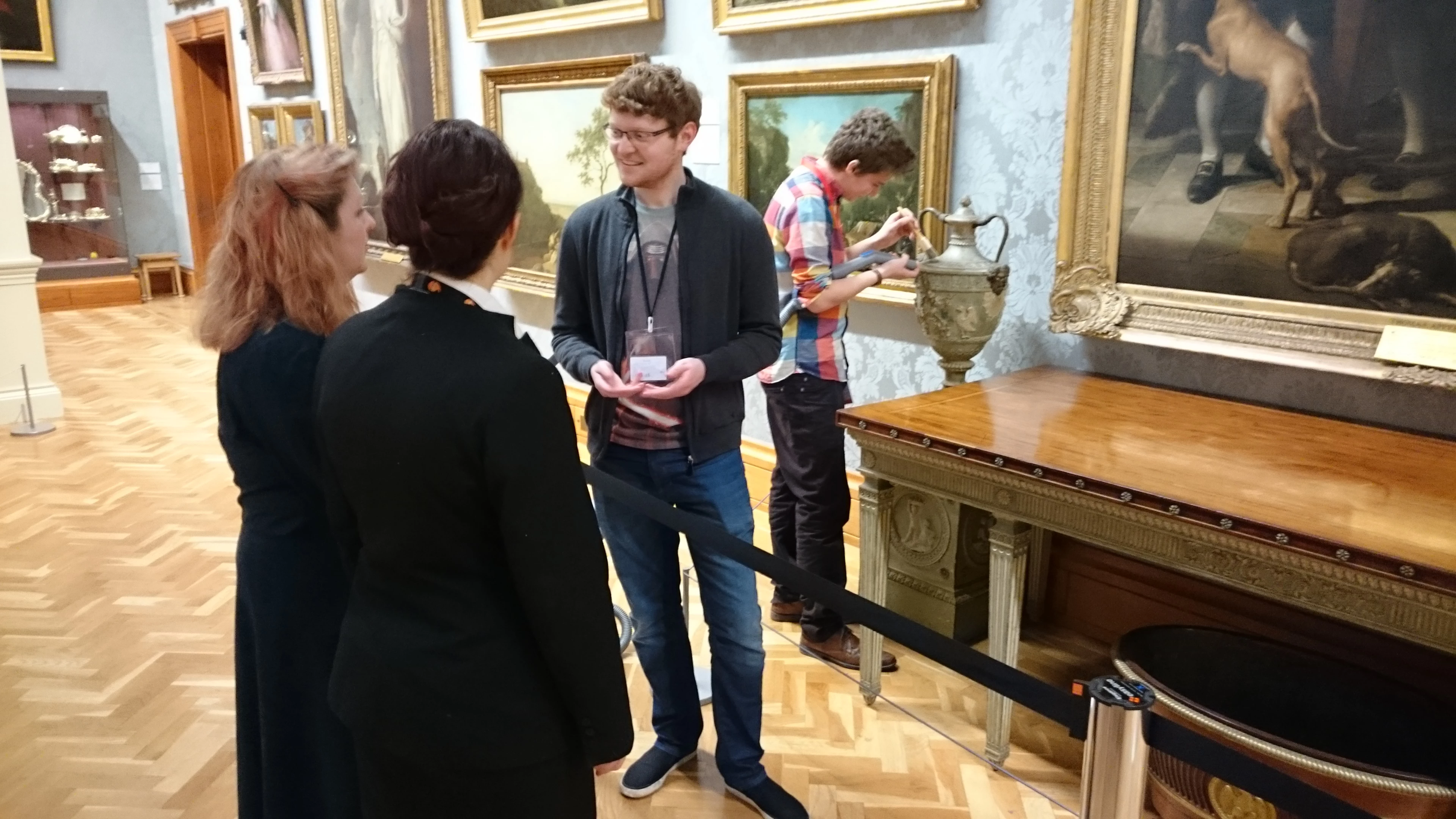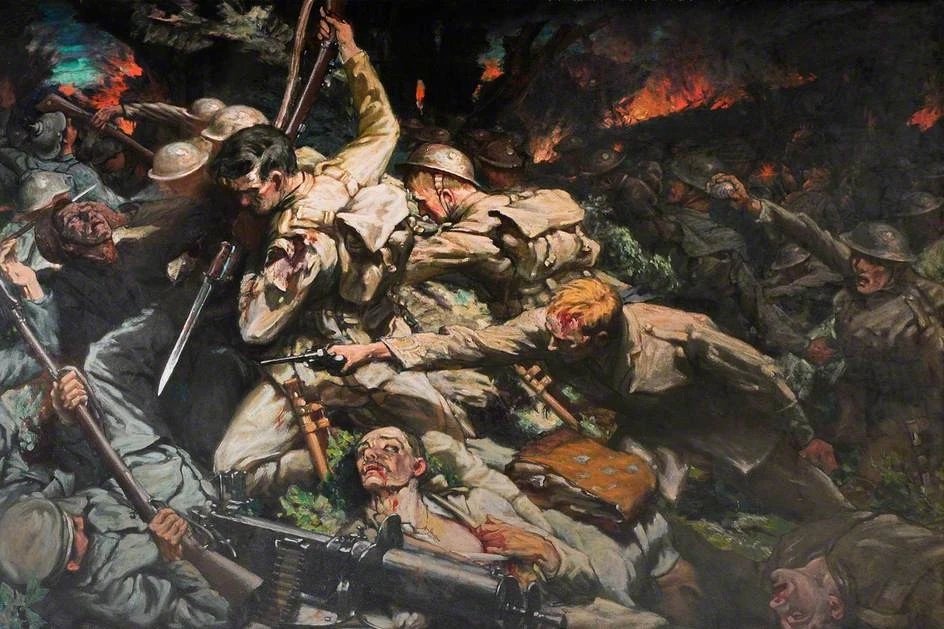Volunteer Update. Dust-Up at Llainfadyn Cottage
, 28 Ebrill 2016
Don't worry no violence was involved. It was the turn of Llainfadyn this week, our quarrymen’s cottage from Gwynedd, to receive a clean and make over from our Historic Interior and Conservation Volunteer team. It was a big task so thanks to everyone involved. This included stripping the beds and giving everything including the feather mattresses a good airing and beating to remove a winter's worth of dust and dirt. As long as the textiles are strong enough this is still a very effective method of removing grime without the aid of modern appliances.
We also held a competition between a modern broom and a traditional one made from hazel twigs (that all important witches’ accessory at Halloween). To help protect the collections on display it's important we try and reduce the amount of dust and dirt being brought into the houses by our thousands of visitors each year. Our first line of defence to achieve this is the cobbles outside, these help dislodge the grit and dirt from peoples' shoes before they even enter the building, but for these to work the cobbles need to be clean and not clogged up with dirt. So one of our first important tasks was to clean the stones outside.
So which broom won? The traditional of course, with its long twiggy brush it was the best at dislodging the dirt from between the cobbles. This job would certainly have been an everyday task for most households in the past.
Our second line of defence to keep the dust down is the rag rug, often found in cottages of this period. These were made from scraps of material or worn out clothes and blankets, so as well as providing much needed comfort and colour they were great at trapping dirt. They could then be picked up, taken outside and beaten with a carpet beater to remove the grime. We are currently making one for Llainfadyn, unfortunately the odd hail storm meant that Jane and Emma had to find seats by the open fire to carry on their work.
